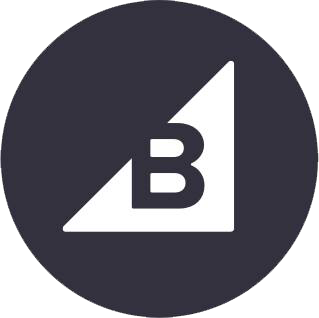Accessibi works on any CMS or web platform, ensuring that there are no technical limitations in implementing accessibility.






Our team will take care of the entire integration process. We will provide you with full support, ensuring that the insertion of our code is quick and uncomplicated, allowing you to continue managing your site without interruption.
Yes, our technology is compatible with any CMS, such as WordPress, Shopify or Joomla, etc... . Our team will manage the implementation and ensure that everything works properly, regardless of the platform you use.
Once implemented, you won't have to worry about a thing. Our team will constantly monitor the site and take care of all necessary updates to keep the level of accessibility compliant.
No, our solution is optimised for lightness and performance. Our team will check that the implementation does not adversely affect the speed or performance of your site.

Fill in the form to receive a personalised consultation and find out how we can help you make your website accessible and compliant with regulations. Our team of experts is ready to guide you step by step, offering solutions tailored to your needs